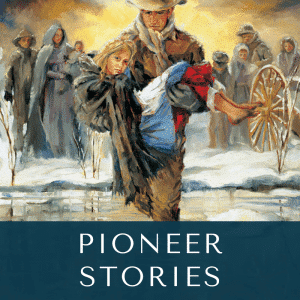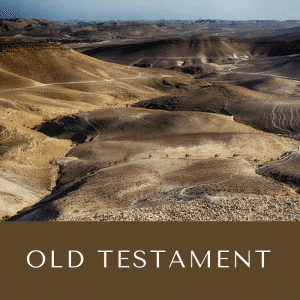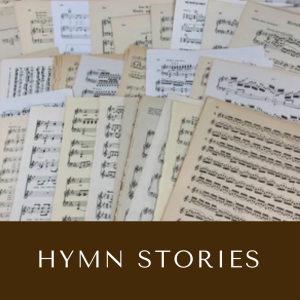Description
The Temple and the Spinning Wheel
Heber C. Kimball describes the following from 1834 while he was marching with Zion’s camp to Missouri.
“Our women were engaged in knitting and spinning in order to clothe those who were laboring at the building. And the Lord only knows the scenes of poverty, and tribulation and distress, which we all passed through to accomplish it….”
And speaking of his wife Vilate, he said,
“She took 100 pounds of wool to spin on shares which, with the assistance of a girl, she spun, in order to furnish clothing for those engaged in building the temple. And although she had the privilege of keeping half the quantity of wool for herself, as her recompense for her labor, she did not reserve even so much as would make a pair of stockings. She spun and wove and got the cloth dressed and cut and made up into garments and gave them to the laborers. Almost all the sisters in Kirtland labored in knitting, sewing, spinning, etc, for the same purpose, while we went up to Missouri” (Heber C. Kimball quoted in Kelly, Latter-day History of the Church of Jesus Christ of Latter-day Saints, p. 163).
That is a paragraph that would likely be overlooked by most readers, but to someone experienced that is shockingly meaningful. Just how much work was that? Peggy shared the following with me.
Heber said, “My wife would toil all summer. She took 100 pounds of wool to spin…with the assistance of a girl, she spun,”
An average fleece sheared from an adult sheep weighs about 7-8 lbs each. One hundred pounds of wool, then would be about 10-15 fleeces.
The wool she was given was most likely NOT washed or cleaned, so EACH fleece, would have to be washed with hot water, requiring that they have a fire to bring water to temperature to properly clean it.
After washing, they had to be spread out to dry. (Remember, this is 10 to 15 fleeces you are working with – there’s no dryer, the sun and air have to do this)”
After drying, the fleece has to be carded (a combing process) – by hand – to straighten out the fiber so it could be spun – all 100 pounds of it. It is highly likely the young girl would have done a lot of the carding as Vilate spun the wool. The wool is carded into manageable pieces and then spun into a single strand of yard. Once the bobbin is full, the yarn is wound off into a skein, washed and allowed to dry. (And since there is 100 pounds of wool to spin, you start on another skein. From there, the single ply yarn can be used for weaving. If the yarn is going to be knitted for socks, then the spinner has to make TWO bobbins and then twist them together to make a 2 ply yarn for knitted socks to be thick enough.
And again, Heber said, “She spun and wove and got the cloth dressed and cut and made up into garments, and gave them to the laborers.”
Once the spinning was done, she had to get the loom ready. Long strands of yarn are put on the loom vertically as warp. Then the weaver sits at the loom, and weaves other strands horizontally – the weft – that creates that cloth.
Then, she takes the newly woven fabric off the loom, washes it, dries it (again, all by hand),
measures, cuts the pattern pieces for a shirt, then HAND SEWS the ENTIRE SHIRT!! (Sewing machines were not invented until the 1860’s) And then if this isn’t enough, she is also taking care of all the kids, and making food, and doing dishes (or at least directing the kids to do it) and all the other duties a mother has…And this is all in the heat and humidity of an Ohio summer – with no air conditioning!
And then Heber added, “she did not reserve even so much as would make a pair of stockings.”
And it wasn’t just Vilate. Heber said, “Almost all the sisters in Kirtland labored in knitting, sewing, spinning, etc, for the same purpose, while we went up to Missouri”
So much is said of those who sacrificed so much to build the Kirtland House of the Lord. This is one example of that tremendous sacrifice of time, talent, and labor, and why did they do it? Because they loved the Lord and believed in the Restoration and wanted to do everything they could to bring forth the Temple.
Source: Peggy
Copyright Glenn Rawson 2022















Reviews
There are no reviews yet.